Want to know about the Unwanted Plants in your garden? Here’s a list of Plants that are Parasites you need to be careful of.
Parasitic plants derive their required energy and nutrition from other plants, hindering their growth. Here is a list of some Unwanted Plants that are Parasites!
Are orchids parasites? Find out here
Plants that are Parasites
1. Dodder
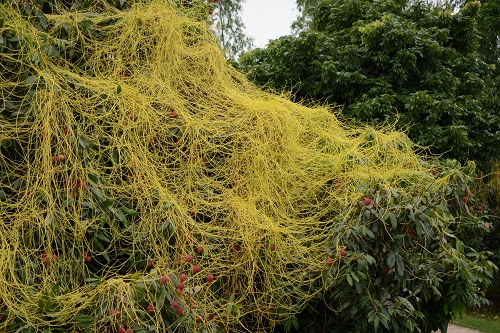
Botanical Name: Cuscuta
Dodder is a genus that comprises over 200 species of parasite plants. The plants come in varied colors, like red, yellow, or orange.
Why it is Considered a Parasite: The Dodder does not contain chlorophyll and instead absorbs food through Haustoria. These are rootlike body parts that can penetrate the tissue of a host plant and kill it.
2. Mistletoe
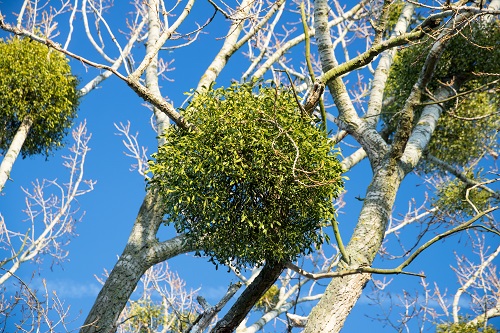
Botanical Name: Viscum album
Viscum is species of evergreen mistletoe which are recognized as hemiparasite. It treats various medical conditions like hypertension, cold, and vitiligo.
Why it is Considered a Parasite: Mistletoes can rely on the host plants for water due to their partial parasitic nature. However, they produce their own food but mostly pilfer from other organisms.
3. Australian Christmas Tree
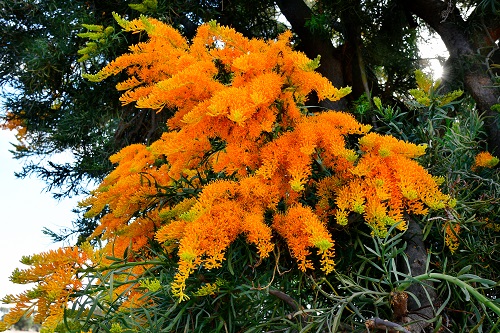
Botanical Name: Nuytsia
Locally known as Moodjar, this hemiparasitic tree is native to Western Australia. The trees grow as tall as 30-35 meters and are covered with yellow-orange flowers during the holiday season.
Why it is Considered a Parasite: This is the largest parasitic tree in the world that obtains its nutrients and water from host plants.
Learn all about Christmas berry care here
4. Ghost Plant
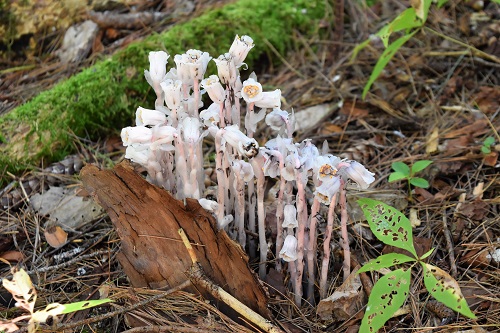
Botanical Name: Monotropa uniflora
This herbaceous perennial plant grows best in Asian and North American temperate conditions. They are commonly found in forests.
Why it is Considered a Parasite: The root system of this plant is interconnected with an underground fungus that takes in nutrients. The ghost plant lives at the expense of the fungi on the nearby trees.
5. Corpse Flower

Botanical Name: Rafflesia arnoldii
The Corpse Flower is known to be the largest individual flower that gives off a pungent smell, like that of decaying fish. This specie boasts multiple varieties.
Why it is Considered a Parasite: The Corpse flower does not have leaves and cannot do its own photosynthesis. So, it needs help from other organisms to obtain water and nutrients for survival.
Here are the best plants that grow huge flowers
6. Thurber’s Stemsucker

Botanical Name: Pilostyles thurberi
This mini-flowering endoparasite perennial herb is commonly found in deserts and woodlands. It looks like brown or maroon heads across the host plant.
Why it is Considered a Parasite: It is an endoparasite meaning a plant that lives inside the host’s stems for most of the year.
7. Witchweed
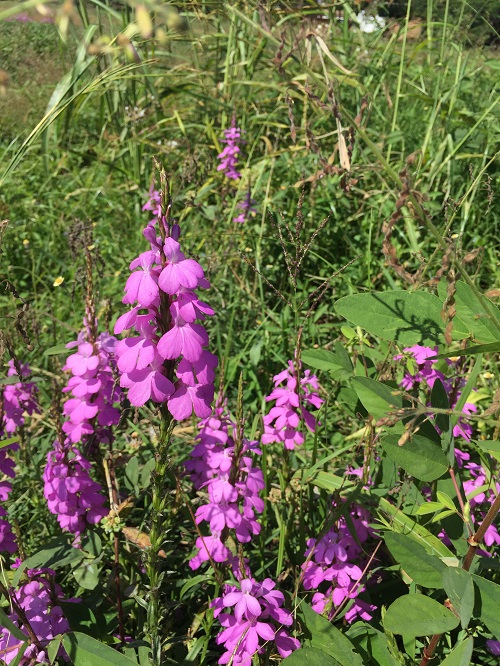
Botanical Name: Striga
This small specie of naturally occurring parasite is native to Asia, Africa, and Australia. The flowering plant is infamous for wreaking havoc on crops.
Why it is Considered a Parasite: The first 4-6 weeks of this plant depends entirely on the host plant for food and nourishment.
Check out weeds with purple flowers here
8. Broomrape

Botanical Name: Orobanche
Orobanche is a herbaceous parasitic plant genus with more than 200 varieties. They feed on crops like carrots, clover, and lettuce.
Why it is Considered a Parasite: This plant does not have any chlorophyll and is completely dependent on the other plants for nutrients.
9. Red Bartsia
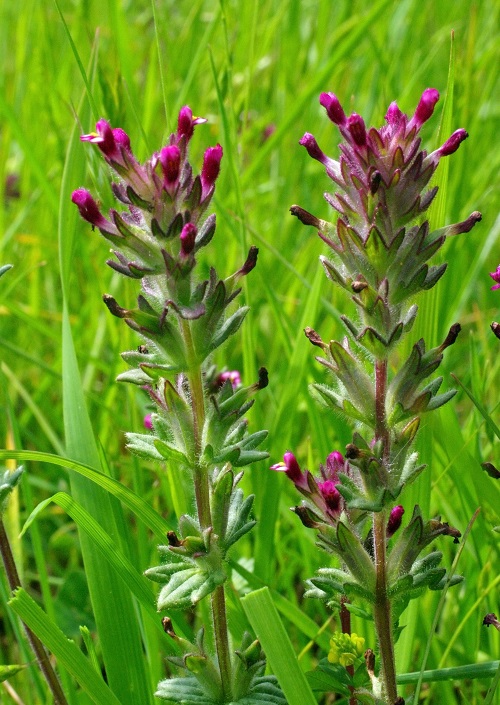
Botanical Name: Odontites vernus
This wildflower acquires its energy from the roots of the grass and has medicinal uses for treating toothache. After facing the threat of extinction, it is now seen again after conservation tactics.
Why it is Considered a Parasite: Red Bartsia is a common plant that often grows in low-fertile soils, making it partially parasitic. It gains added nutrients from other nearby plants like grasses.
10. Beechdrops
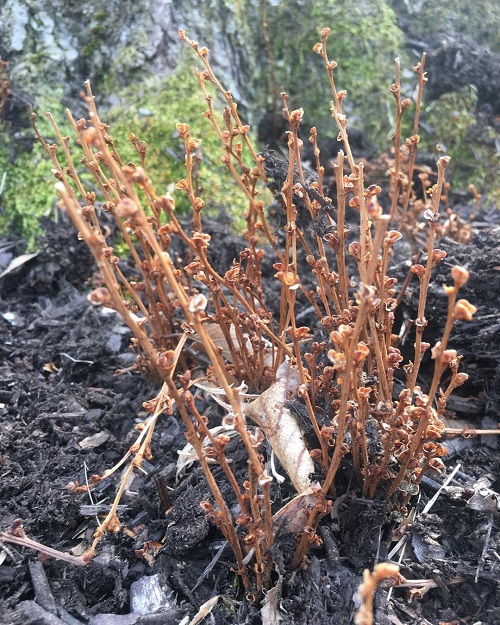
Botanical Name: Epifagus virginiana
As the name suggests, Beechdrops feed on the roots of American beech. It doesn’t cause any significant harm to the host tree and is commonly seen in temperate forests.
Why it is Considered a Parasite: Beechdrops is a Broomrape family member with no chlorophyll that is parasitic in nature. It completely depends on the host plants for food, water, and nutrients.
11. Yellow Rattle

Botanical Name: Rhinanthus minor
Yellow Rattle is an annual yellow herbaceous hemiparasitic wildflower native to Europe, Russia, Western Asia, and Northern America. It grows well in dry fields and meadows.
Why it is Considered a Parasite: This is hemiparasitic, and it thrives by obtaining nutrients from the neighboring plants’ roots, like grasses.
12. Hydnoroideae

Botanical Name: Hydnoroideae
Hydnoroideae is a parasitic flowering plant with no leaves. The fragrant and juicy fruit of the plant captivates animals, insects, and humans.
Why it is Considered a Parasite: This terrestrial parasitic plant does not have leaves and cannot produce chlorophyll. So, it is dependent on its host plant for food.
13. American Mistletoe
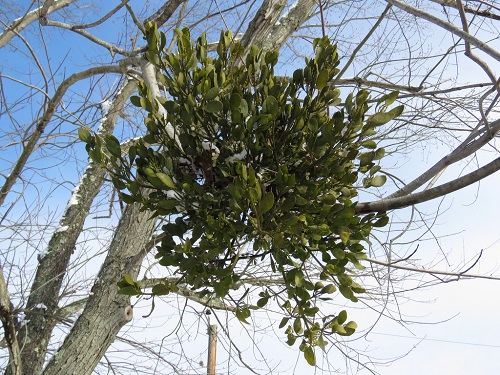
Botanical Name: Phoradendron leucarpum
Another version of mistletoe, it is a hemiparasite that lives on tree branches. It is harvested for sale and trade purposes in the USA and Mexico.
Why it is Considered a Parasite: It’s a hemiparasite that attacks living trees to live.
14. Love Vine
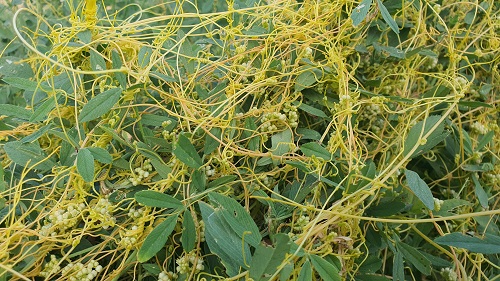
Botanical Name: Cassytha filiformis
Love vine is an orange-colored wire-like obligate parasite native to tropical regions of America, Asia, Africa, and Australia. It is used as an aphrodisiac, hence the name.
Why it is Considered a Parasite: Love Vine is an obligate parasite that cannot complete its life cycle without feeding on another host plant.
15. Red Rattle
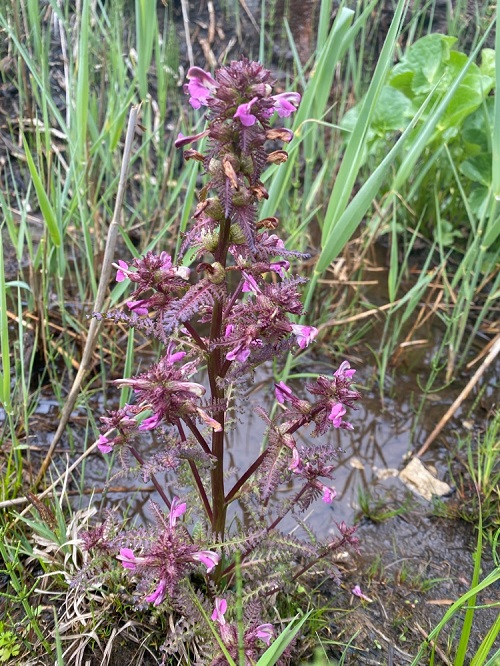
Botanical Name: Pedicularis palustris
The Red Rattle grows in wetlands in central and northern Europe and Asia. It is a biennial semi-parasite that uses its roots to steal nutrition from the adjoining plant.
Why it is Considered a Parasite: This plant can attach its roots to dead organic matter and living roots for food.
16. Indian Paintbrush
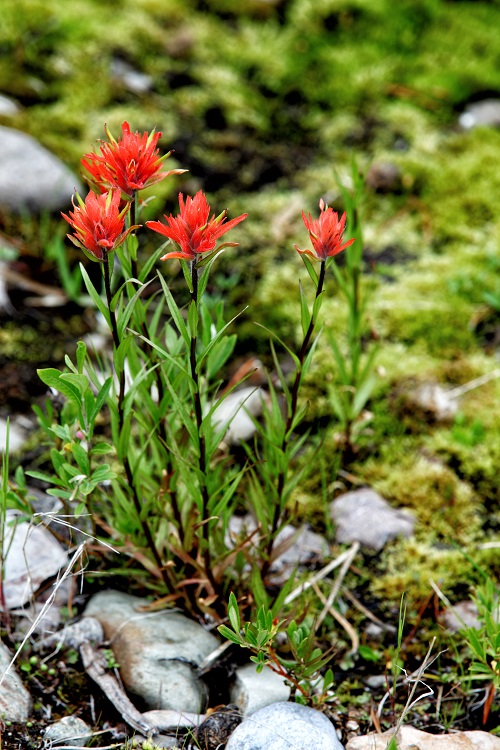
Botanical Name: Castilleja linariifolia
The herbaceous perennial state flower of Wyoming has medicinal and culinary uses. The flowers can grow in yellow, red, or green color.
Why it is Considered a Parasite: Indian paintbrush is partially or completely parasitic in nature that derives nourishment from the roots of other plants.


